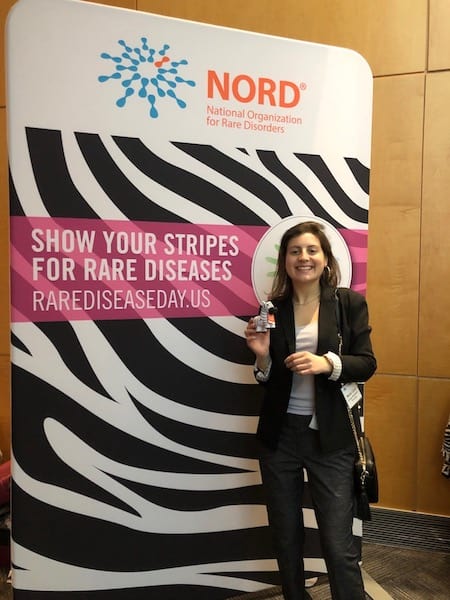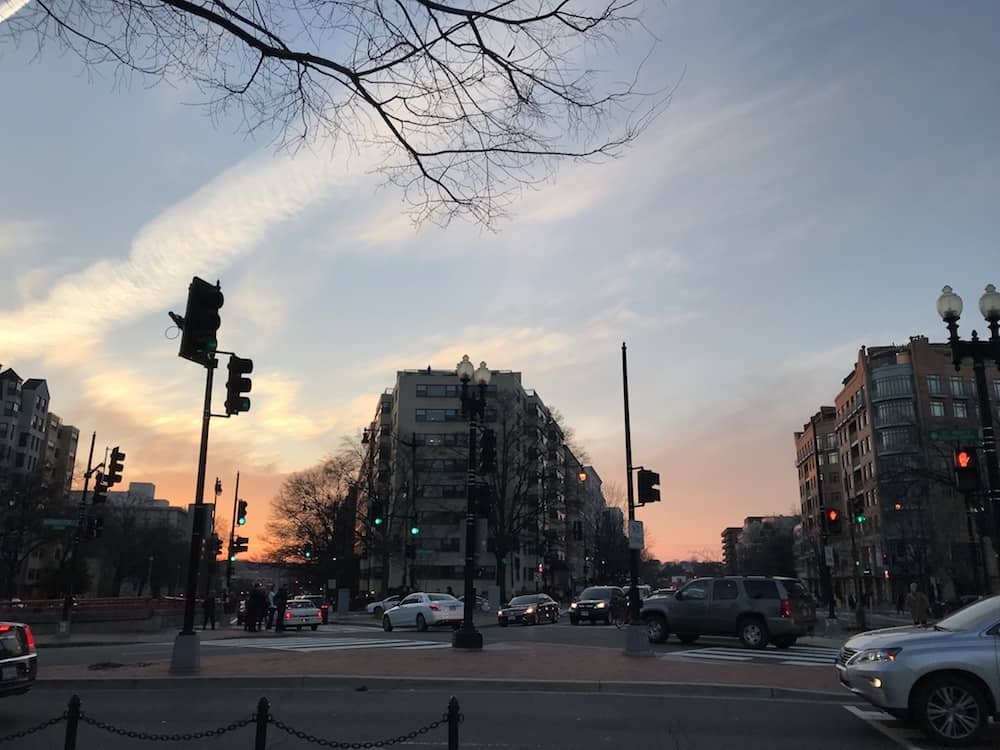Alone Together
By Maria Cerio
Opportunities to meet someone to whom I can relate are few and far between. However, on Thursday, February 28, 2019, I found myself in a room of people like me. I was surrounded by people who know what it feels like to have your world rocked by a diagnosis of a rare disease.
Two weeks ago, I attended the Rare Disease Week events on Capitol Hill in Washington, DC. Programming kicked off with a screening of the documentary, My Turn. The film followed professional hockey player Scott Matzka’s journey with amyotrophic lateral sclerosis (ALS). Later in the week, I went to the young adults meetup and an art reception where all featured pieces were created by individuals diagnosed with a rare disease. The week culminated in Rare Disease Day at the National Institutes of Health, which consisted of panels, posters exhibits, a multimedia art exhibit, and networking.
There was no small talk here. The event attendees included a mix of patients, physicians, supportive family members and friends, students, and those simply trying to understand the life we live. With each introduction, I could sense a mutual hope of wanting the other to share the same diagnosis. For many, this is the one time a year they meet anyone with a rare disease and possibly even their own.
Looking around the room, it was clear that rare disease knows no race, sex, gender, size, or age. There were those whose disease is invisible, and others whose illness manifests itself in various ways, including disability – people from all walks and rolls of life. For once, I was in a space where the minority was the majority. In a room of individuals, many of whom experience chronic fatigue, the energy was palpable. It really is all one great paradox.







